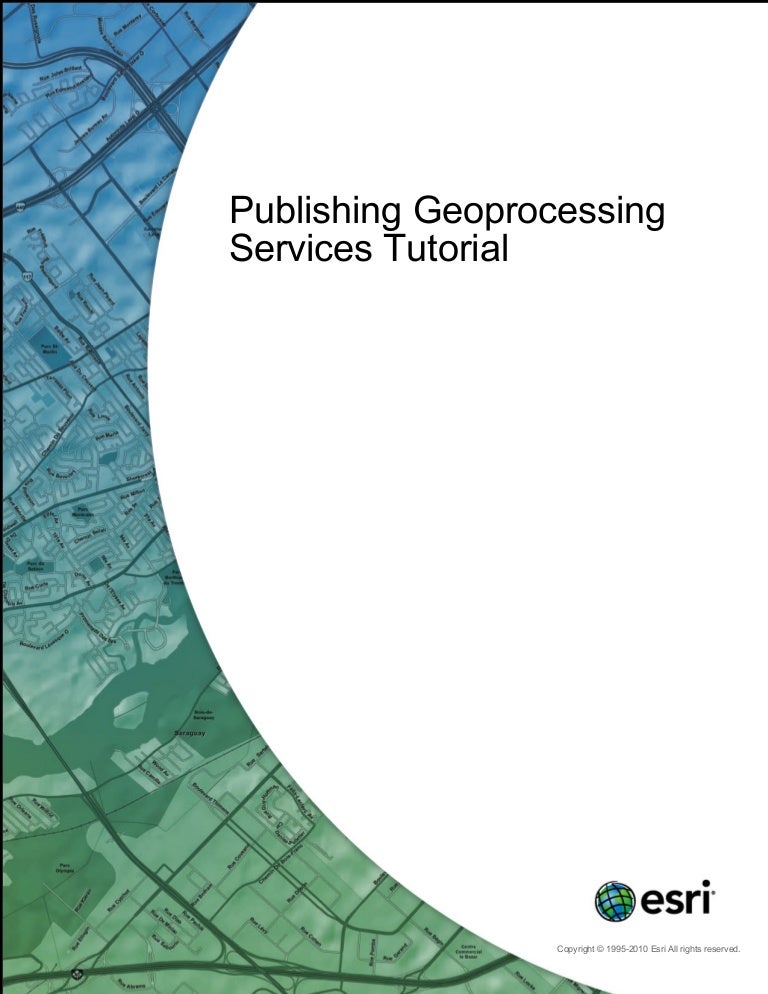

In this exercise, you will learn to generate flow paths and hydrologic basins from an elevation raster layer. Modeling hydrologic flow paths and basins In this exercise, you will use raster geoprocessing tools to estimate the net amount of fill to be added/removed for the construction of a building on a sloped surface.

In this exercise, you will use various selection methods to identify potential youth center sites that are near centers of high youth Road segments that are outside the 5 miles driving distance.įinding potential sites for a youth center You will then create two outputs: the road segments that are within 5 miles and the In this exercise, you will use Network Analyst to identify all road segments that are within a 5 mile driving distance In this exercise, you will identify the most cost effective path between two locations based on elevation slope and landuse type.įinding the 5 mile driving distance to the nearest fire station In this exercise, you will create a Human Influence Index (HII) map for the state of Maine following the methodologyĬomputing a Least-Cost Path Between Two Locations Point dataset then use a zonal operation to summarise its values across polygons. In this exercise, you will run a global operation (Euclidean distance) on a


Regular and irregular neighborhood (kernel) definitions. In this exercise, you will perform focal operations on raster data using In this exercise, you will perform local operations on raster data using
How to enable slope geoprocessing tool on arcgis 10.3 how to#
You also learn how to download Census boundary shapfiles from the Census Bureau's website then join the census table to this census shapefile. In this exercise, you learn how to download and manipulate 2010 census data tables using the Social Explorer website. You are taught how the tables are to be properly formatted Into ArcMap and join theses tables to existing GIS layers. In this exercise, you learn how to import tables (both comma delimited text files and Excel files) You will also learn how to help preserve this spatial property across reference systems by densifying the features. More specificially, you will learn how a feature contained by another feature in one reference system may not be so in a different reference system. In this short exercise, you will learn about distortions in polygon or polyline edges associated with changes in reference systems.


 0 kommentar(er)
0 kommentar(er)
